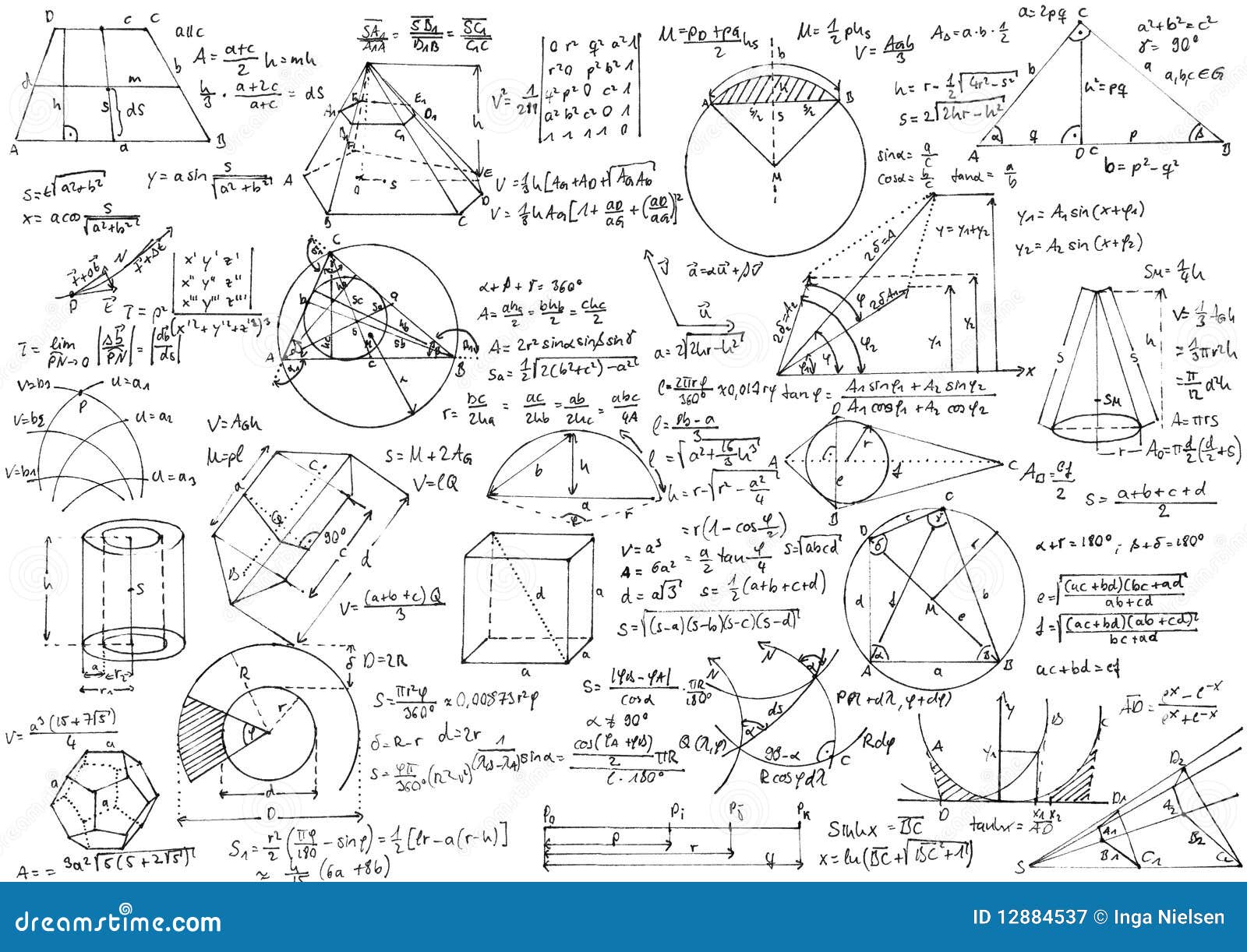So as you may have already known in my other post that I love and play soccer. I really want to focus on the angles when you are shooting and if you need to be on angle to score. I want to experiment on doing this in the near future. I think when professional soccer players are scoring goals they don’t just kick the ball randomly and hope that it goes in. They must be on a certain angle to score whether its top right, top left, bottom right or bottom left. https://prezi.com/skroy6i6ebar/angles-and-soccer/ 
Tag Archives: angles
Module One Post Six (The Editing Successful Hollywood Movies Follows A Mathematical Formula)
This website shows how they use different lines and angles to achieve the best look in a movie for the audiences. It includes a diagram with coded parts to show what lines are for what purposes and a visual for 3 different movies.
https://phys.org/news/2010-02-hollywood-movies-mathematical-formula.html
Module 1 Post 8 (Dance Related to Math)
http://mathrelationstodance.blogspot.ca/
This site is very similar to
https://maddywoolwine.wordpress.com/2014/10/24/the-mathematical-reasoning-behind-dance/
These two sites have multiple ways math is in ballet. These 2 sites also explain why they think this form of math is useful to a dancer. This site talks about musicality, balance, and angles. The dancer must understand how to transfer their weight or else they’ll lose their balance. They must also know 90 degrees and 45 degrees or higher because when a dancer lifts their leg they must know when to stop or else they will go to high.
This was useful because now I can gather more information on geometry symmetry and counting. This site also explained angles which was very helpful. Now I understand how to keep my balance properly and why my dance teachers always say that we have to count.
Module 1 Post 6 (The Geometry In Dance)
http://adamquiney.com/public_html/blog/wordpress/tag/dance-angles/
This site talks about the angles in dance. However it doesn’t really talk about ballet but it was still useful. This site says that it is important to keep yourself symmetrical in dance and that our bodies form many different angles while doing certain steps. Symmetry is important for balancing in the world of dance so every dancer should maintain their symmetry.
This site was useful because now I know how important symmetry is in ballet and if I ever need to stay balanced in ballet I know it’s because of the symmetry. This site is also useful because if I want to swerve away from ballet and learn more about the dance in general I have this site.
Module One Post Seven (shooting angles/power)
This video explains how to shoot overhand in lacrosse. It shows different types of shooting and when you should use them. It explains the different angles you should use when shooting depending on where you are along the 8 metre. This will help me with shooting angles and how to hold the stick. Each angle you are shooting from changes the power and place you are shooting from.
Module One Post Two
Fashion designers need an understanding of geometry. They would use it when they design clothes, for examples : basic shapes and 3D shapes, angles, parallel lines and transversals… they are all about geometry. Every piece of clothing would have at least one design that’s related to geometry, and geometry is part of Math.
Below are some pictures about fashion designs and geometry.


Module One Post three (Angles in hockey)
Cite used:http://hockey.sageground.com/shooting/scoring_angles.aspx
This cite provided a good understanding on the how angles are used in a game of hockey. This website demonstrates the relationship of angles to shooting in hockey. Unfortunately, other tabs on this website is still being made. I myself found this website extremely interesting as it goes into depth in one of the biggest aspects of the game of hockey shooting. The information displayed was extremely clear and easy to understand. This website will be definitely used in my research.
Module One Post Three (Math And Movies (Animation At Pixar)-Numberphile)
This resource is a Youtube Video that shows how people make and edit 3D characters or objects in a movie using math. It talks about the angles you insert into a computer to get the 3D shape along with other mathematical elements throughout the video.
Module One Post Two (Symmetry,geometry….dance?)
This website talks about how symmetry and geometry are both very important as well as useful in ballet. Dancers use symmetry when spotting in a turn, without spotting dancers would become very dizzy and would fall over. Dancers can’t spin continuously because the human body has no rotational symmetry, so anyone who tried to spin continuously would lose their balance and fall. The website also talks about how dancers make shapes with their bodies, and that choreographers think about how they can use lines and angles to make their dances more appealing. It also explained that a system of notation for dance that can be manipulated like a math equation has been created by a choreographer named Rudolph Laban.


This is helpful to me because it gave me a lot of new information that other websites didn’t contain. This website taught me that there is a system of notation for dance, something I was unaware of prior to reading this. This is useful to me because it’s a topic I find interesting, and something I might want to do further research on. I also learned that when creating a dance choreographers use math to make it more interesting.
Module One Post Three (Angles and lines)
This website may be short but it shows me the different lines and angels of the stick and field. It shows different angles depending on how the stick is being held. And the lines running down the field, that mark off the different in and out lines as well as the spacing and shooting lines.
